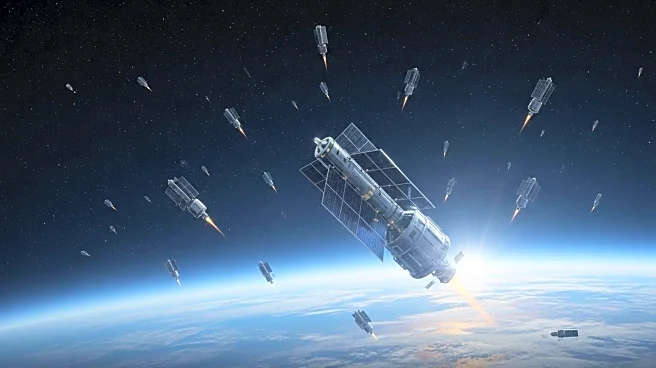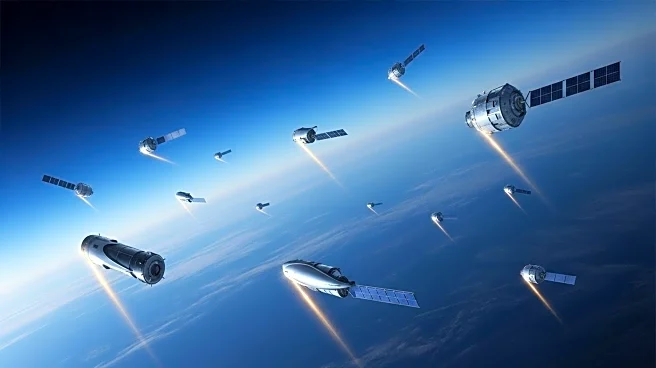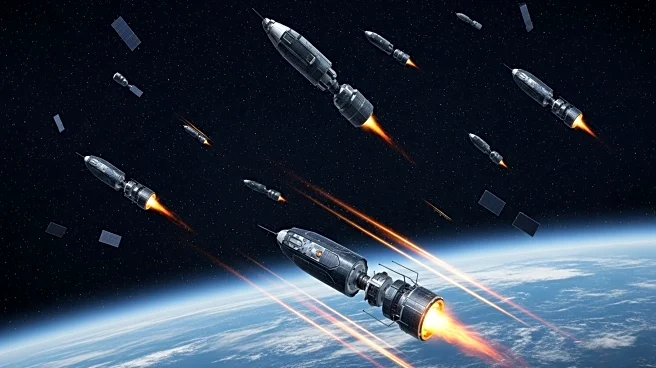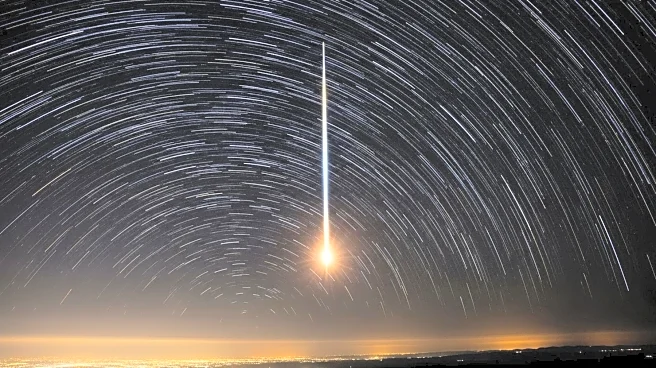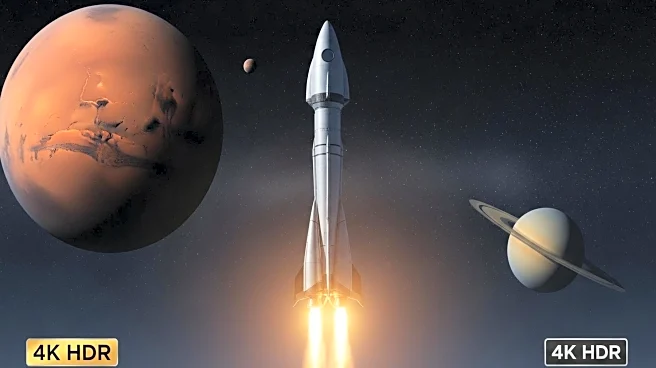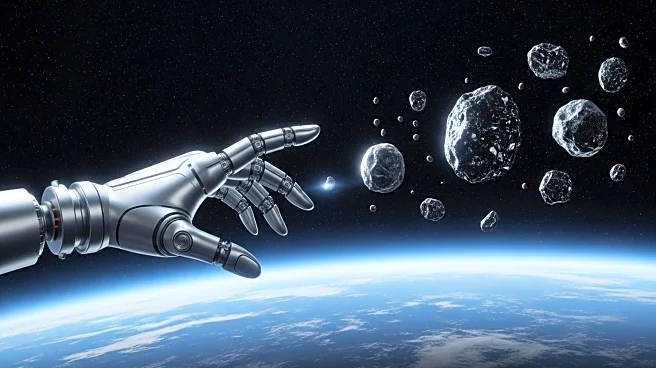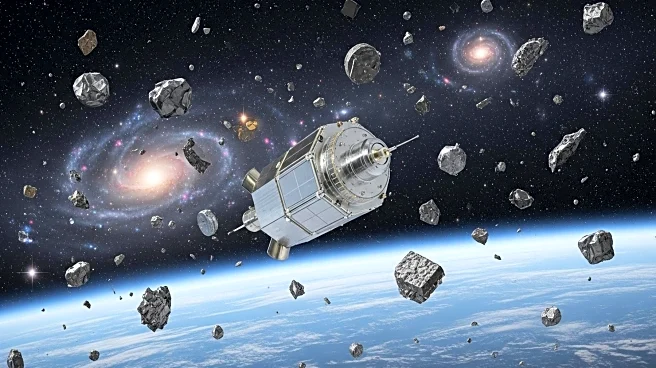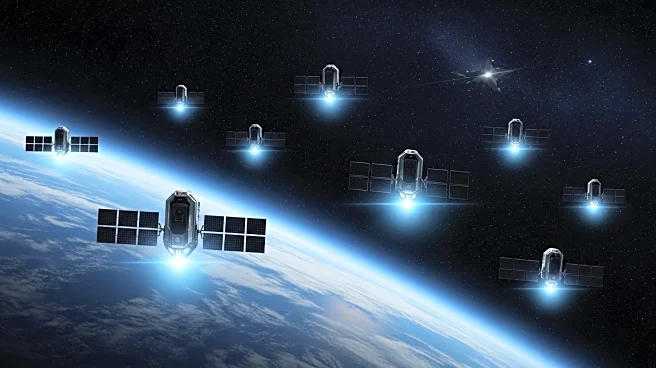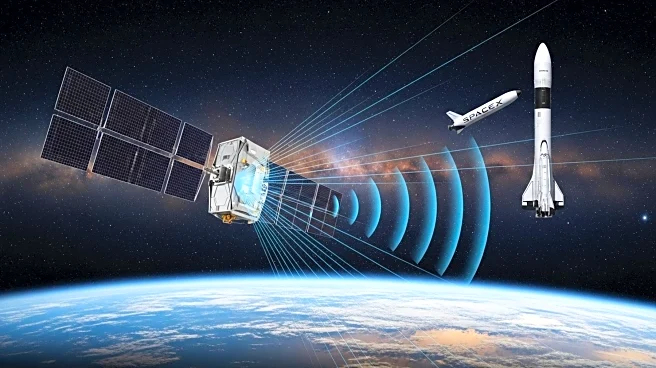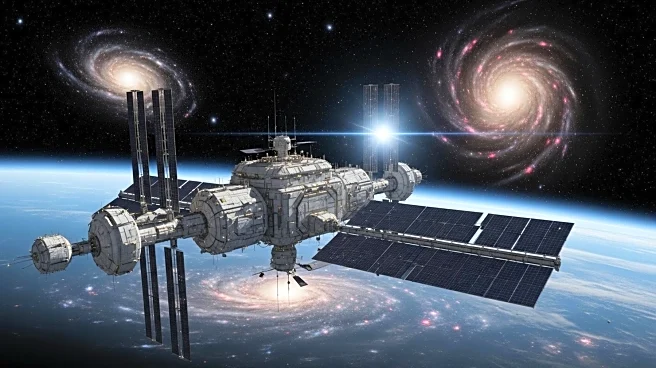What's Happening?
SpaceX is deorbiting approximately one to two Starlink satellites daily, a practice that is expected to increase as the constellation grows. Harvard astrophysicist Jonathan McDowell has highlighted the potential risks associated with this practice, including the possibility of contributing to space debris and the Kessler syndrome, where collisions in space could create a cascade of debris. While Starlink's current operations are not the primary concern for reaching the Kessler tipping point, the increasing number of satellites in low Earth orbit raises questions about long-term sustainability and environmental impact.
Why It's Important?
The deorbiting of Starlink satellites underscores the challenges of managing space debris and maintaining the sustainability of Earth's orbital environment. As the number of satellites in orbit increases, the risk of collisions and the potential for a Kessler syndrome scenario become more pronounced. This situation necessitates the development of effective space traffic management and debris mitigation strategies. The environmental impact of burning satellites in the atmosphere is also a concern, with potential implications for atmospheric composition and climate.
Beyond the Headlines
The broader implications of increased satellite deorbiting include the need for international cooperation in space governance and the establishment of norms for responsible satellite operations. The potential for space debris to impact future space exploration and satellite services highlights the importance of proactive measures to ensure the long-term viability of space activities. Additionally, the environmental effects of satellite reentry on Earth's atmosphere warrant further research to understand and mitigate potential risks.

